Henri Matisse was one of the key leaders of FauvismThe Fauvism art movement applies to a group of modernist artists in the early 20th century including Henri Matisse and André Derain, who emphasized strong colour contrasts and painterly qualities with fierce brushwork over realistic values. Fauvism as a style started around 1904 and continued far beyond 1910. The group of Fauves however only worked together for the years between More, the early 20th-century avant-garde art movement. The Fauvist artists radically reinterpreted the use of colour as a structural and expressive element unrelated to the literal description. Matisse declared: “When I put down a green, it doesn‘t mean grass; and when I put down a blue, it doesn’t mean the sky.”
Where is the picture “The Dance” today?
The Matisse original of the picture “The Dance” (“La Danse”) is on permanent display as part of the collection of the Museum of Modern Art in New York.
What’s in it?
The paintingPainting is a fundamental form of visual art that has been practiced for thousands of years. It involves applying pigment to a surface such as canvas, paper, or a wall. Painting can be explored through various styles, techniques, and mediums, each offering unique possibilities for expression and creativity. Historical Background • Ancient Beginnings: The history of painting dates back to More shows five figures, painted in red-fleshy colours, dancing in a simplified green landscape with a deep blue background. All figures are drawn loosely and almost completely lack interior definition, while the rhythmical succession of the dancing nudes is reminiscent of hedonism and emotional liberation. Spacial ambiguity adds to the conflict between the illusion of depth and the acknowledgement of flatness characteristic for the style of FauvismThe Fauvism art movement applies to a group of modernist artists in the early 20th century including Henri Matisse and André Derain, who emphasized strong colour contrasts and painterly qualities with fierce brushwork over realistic values. Fauvism as a style started around 1904 and continued far beyond 1910. The group of Fauves however only worked together for the years between More: The green in the background might be a hilltop the group is dancing on; it might just as well be a green field or island. The blue could be representing the sky, or it might be water moving back into the distance.
The characters dance in a circle, holding each other’s hands. Yet there is a break in the circle since the hands of the two front dancers are parted. Matisse allows this break only at the part of the composition, where the hands overlap with the knee of the dancer in the back, so as not to interrupt the continuity of colour.
What’s the context?
The artwork “The Dance” was commissioned with its matching paintingPainting is a fundamental form of visual art that has been practiced for thousands of years. It involves applying pigment to a surface such as canvas, paper, or a wall. Painting can be explored through various styles, techniques, and mediums, each offering unique possibilities for expression and creativity. Historical Background • Ancient Beginnings: The history of painting dates back to More “Music” by the influential Russian collector Sergei Shchukin in 1909, with whom Matisse had a long association. Shchukin decorated the staircase of his Moscow mansion with both paintings. However, when Matisse exhibited “Dance” in the art salons, his aesthetic choices caused a scandal. The bold representation of the nudes, the reduction to primary colours, and the strong colour contrasts made the artwork appear primitive and barbaric in character in the eyes of viewers and art critics. Shchukin on the contrary highly appreciated the rebellious quality of Matisse’s work, expressing his view in one of his letters to the artist: “I find your panel Dance of such nobility that I am resolved to brave our bourgeois opinion and to hang on my staircase a subject with nudes. At the same time, I must have a second panel, whose subject might very well be music.”
Chatter and Prattle
Henri MatisseFrench artist Henri Matisse (1869 – 1954) is, along with Pablo Picasso, commonly regarded as pioneers in the revolutionary development of the visual arts in the 20th century. He was born to generations of weavers and raised in the northern French commune Bohain, famous for its luxury fabrics. The early exposure to textiles strongly shaped his visual language, his sense More – Facts:
- Matisse’s paintings were strongly influenced by the experiences he gained during his time abroad. After his marriage with Amélie Paraye in 1898, he travelled for a year. While in London, he studied the works of the Romantic landscape painter M.W. Turner, known for his use of light and colour for creating atmosphere. Subsequently, he travelled to Corsica and the Côte d’Azur, where the primary colours he had been using in the style of ImpressionismImpressionism was an art movement of the 19th century developed in France, based on the practice of painting spontaneously out-doors (“en plein air”) rather than in the studio. Key impressionist subjects were everyday scenes and landscapes, in which the momentary and transient effects of sunlight should be captured. The artists worked directly in front of their subjects, using rapid brushwork More became brighter, inspired by the landscapes he encountered along the Mediterranean coast.
- In April 1906 Matisse met the Catalan artist Pablo PicassoPablo Picasso (1881–1973), was a Spanish painter, sculptor, graphic artist, and resident in France from 1904. He was a dominant figure in avant-garde movements in the first half of the 20th century due to his technical versatility and prolific inventiveness. picasso-self-portrait Picasso’s progression in his early work is largely categorized by predominant colour schemes: His Blue Period (1901-1904) features motifs More, who was eleven years his junior. They were to become a lifelong friend and artistic rival. Matisse humorously referred to their relationship as a “boxing match.”
Do you want to comment on this text or add information? We would like to hear from you.
Recommended Readings:
This article may contain compensated links. Please read Disclaimer for more info. As an Amazon Associate, I earn from qualifying purchases.
Volkmar Essers (2016): Matisse (Basic Art Series 2.0)
Rene Percheron et al. (2004): Matisse: From Color to Architecture
Karen Butler et al. (2016): Matisse in the Barnes Foundation: 3 Vol. Set
John Cauman (2019): Matisse: In 50 Works
Hilary Spurling (2005): Matisse the Master: A Life of Henri Matisse: The Conquest of Colour: 1909-1954

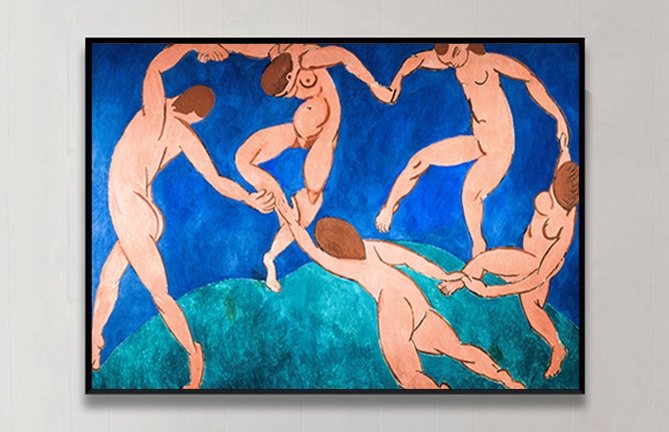
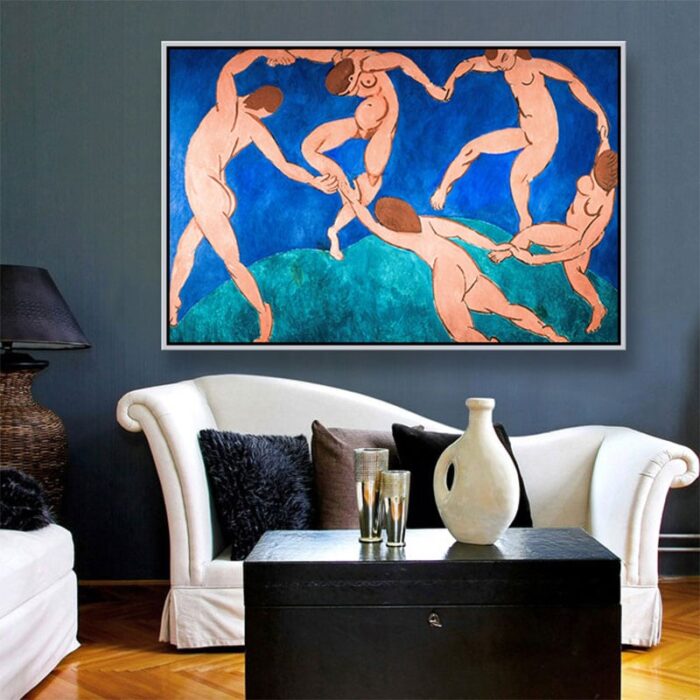
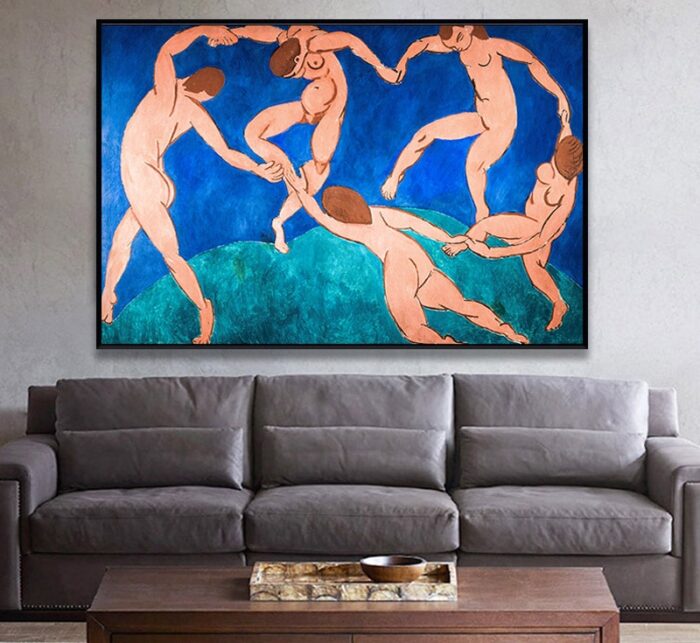
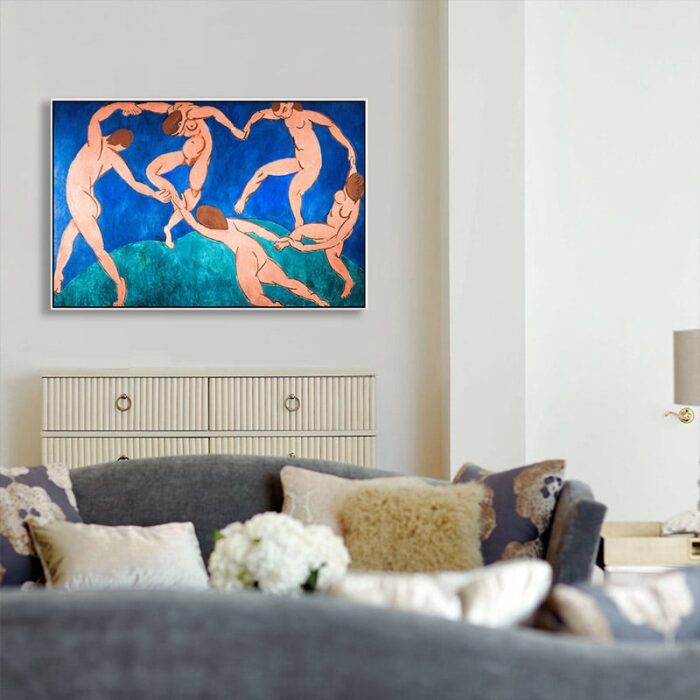
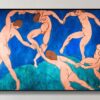



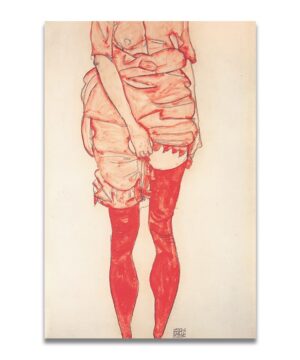
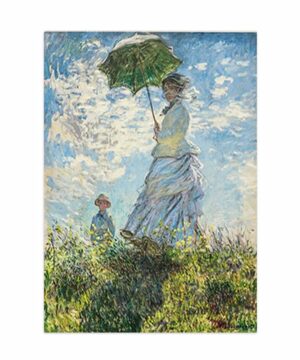
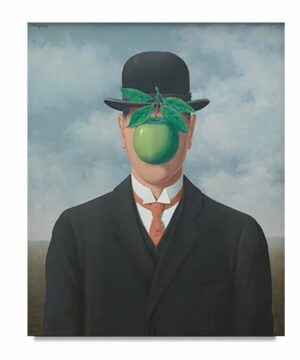
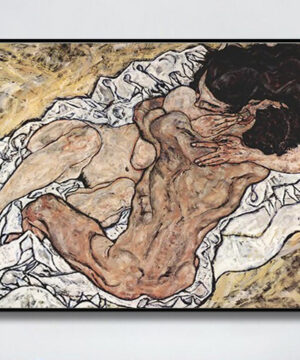
Reviews
There are no reviews yet.